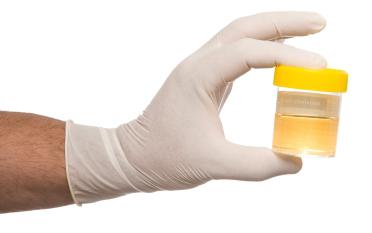Specific gravity of urine in norm and in pathology
You were given the results of research in the laboratory. What can a person with little understanding in medicine look at these incomprehensible figures? First of all, confusion. Certainly, it is not difficult to determine the increase or decrease of a given indicator, since the normal values are indicated in the same form. In order to interpret the figures obtained, certain knowledge is required. Let's take a well-known analysis of urine. The first thing that attracts attention is the specific gravity of urine. What does this indicator show?

Specific gravity of urine (it is also calledrelative density of urine) shows the ability of the kidneys to concentrate in the urine substances intended for removal from the body. These include, in particular, urea, uric salts, uric acid and creatinine. Specific gravity of urine in the norm is in the range from 1012 to 1027, it is determined with the help of a meter. The measurement is carried out in the laboratory. Recently, the determination of urine density is carried out on special equipment using the methods of dry chemistry.
If the fluid is released from the body more thanusually, the concentration of dissolved substances in the urine decreases. Consequently, the specific gravity of urine decreases. This condition is called hypostenuria. It can be noted in healthy people who consume large amounts of liquid after taking diuretic food (watermelons, melons). In lovers of different diets, there may be a decline in the index (due to a lack of protein foods in the diet, especially when fasting).

Increase in the relative density above 1030is called hypersthenuria. A similar condition occurs in people with insufficient fluid intake. The specific gravity of urine, the norm of which is directly proportional to the drinking regime of a person, can rise during the hot season, when a person sweats profusely, therefore, loses a lot of moisture. High figures of this laboratory indicator are characteristic for workers in hot shops: cooks, smiths, metallurgists.

The indicator also indirectly indicates how much the patient adheres to the recommended drinking regime. This is important for patients with kidney disease and urolithiasis.
One-time change in the indicator does not havethe decisive significance for the diagnosis, since daily fluctuations in specific gravity may range from 1004 to 1028, and this is normal.



